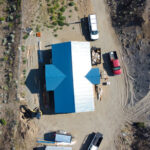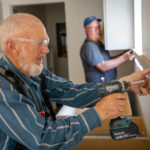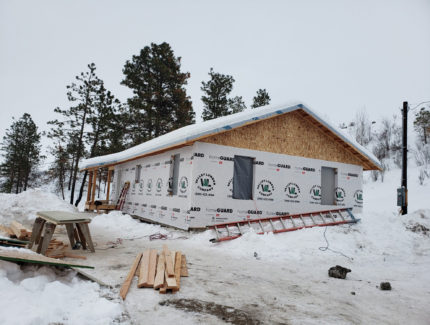
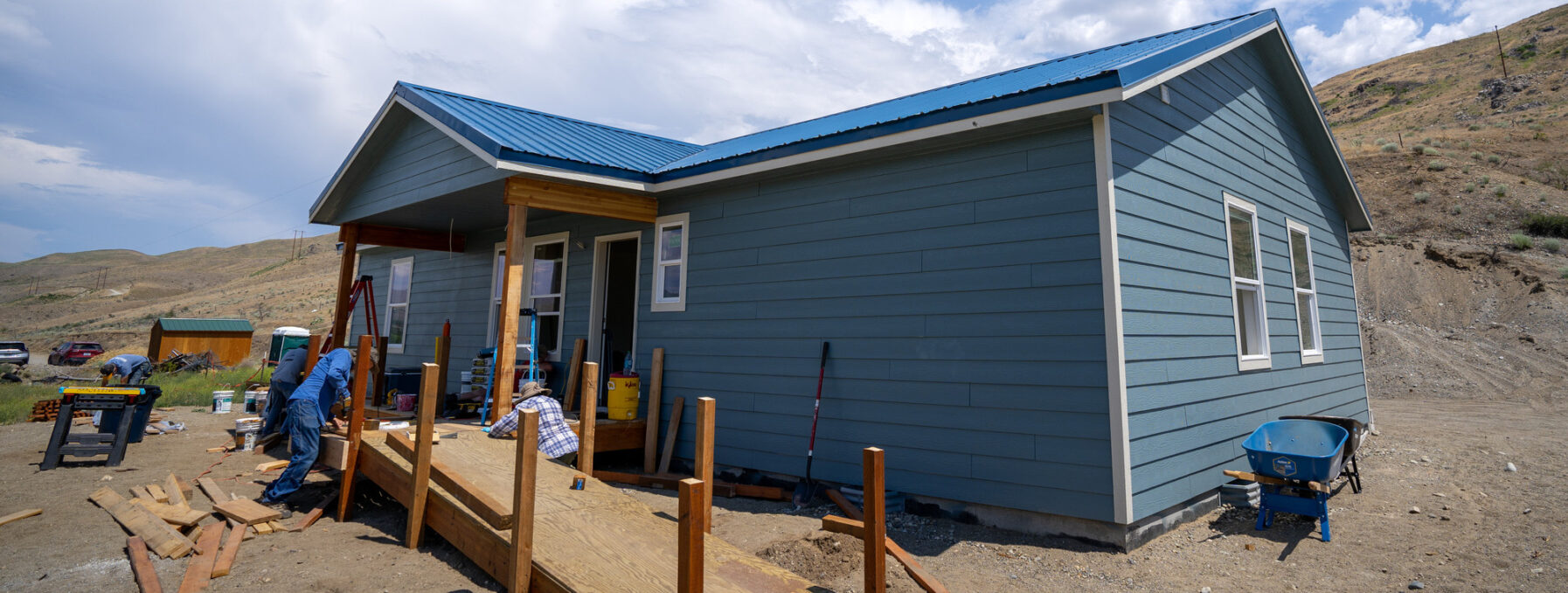
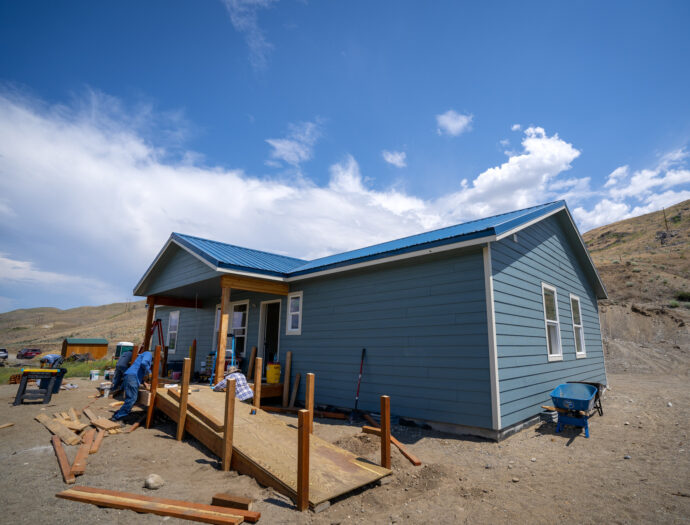
July 31, 2023
Why does Okanogan, Washington need MDS?
Forty-seven new homes and counting. In a community that has suffered from wildfires since 2014, with the most recent in 2020, long-term recovery has been quietly progressing.
MDS is a vital part of volunteer efforts that have kept hope alive for wildfire survivors, said leaders of the Okanogan County Long Term Recovery Group.
Carlene Anders, the group’s executive director, recalled a major wildfire in north central Washington—the Carlton Complex wildfire in 2014—that was the first of several federally declared wildfire disasters, followed by a flood. The most recent fire struck in September 2020.
“We got to know MDS in 2015,” said Anders. “MDS has been a major player with the volunteers.”
Anders explained why a long-term recovery group is crucial for getting people back on their feet after a disaster.
“Disasters impact communities so strongly that recovery is not taken care of in a year,” she said. “Often it is three to five years.”
As families connect with the long-term recovery group, they’re also connected with case managers who help them form a recovery plan. “MDS makes such a difference in that recovery, in that healing,” said Anders, in part because MDS volunteers provide labor but also because they take the time to listen to the stories of the people they’re helping.
The logo of the Okanogan County Long Term Recovery Group is a phoenix. “It really represents resiliency out of wildfires and disasters,” she Anders explained. “These wildfires have devastated us over the last 10 years, burning over a million and half acres over four different disasters.”
Okanogan has been forced to become very resilient. “That phoenix represents a lot more than we thought it did at the beginning,” said Anders. “We have seen people who are kind of hermits turn around and help with the next homes.”
“MDS embodies recovery with volunteers who help clients get back on their feet. Volunteers offer that hope—without any expectation of anything.”
— Carlene Anders
Okanogan County Long Term Recovery Group has overseen construction of 47 new homes over the past nine years—and MDS volunteers have been involved in almost all of them.
“We’ve actually had 23 different partnership agencies or groups,” added Anders. “MDS embodies recovery with volunteers who help clients get back on their feet. Volunteers offer that hope—without any expectation of anything.”
In Anders’ mind, these years of long-term recovery have been an amazing journey. “Mitigation—changing things to make sure that we don’t continue to have these issues—is absolutely critical,” she said. “We keep trying to move into the mitigation and preparedness pieces and we’ve done some of that—but then we get hit with another wildfire.”
The Okanogan County Long Term Recovery Group has had a longstanding relationship with the Colville Indian Reservation. “We’ve had to be very respectful of their traditions, their desires and their timelines as well,” said Anders.
Jessica Farmer, the group’s lead disaster case manager, said that, at times, finding out about people most in need can be challenging. “We typically hit every road and leave notes on whatever may be left, as people come back to visit their properties,” said Farmer. “Our first connections are just about listening and just letting them tell their story.”
The fire survivors have been through a lot of trauma, explained Farmer. “The information we have in our training as disaster case managers is that people need to be able to share their story at least 10 times—and feel like they have been heard,” she said. “I think it’s important for people to understand that the recovery plans belong to the folks who had the losses—the survivors—and that the survivors lead them.”
Written by Susan Kim, MDS writer
Photo Gallery
